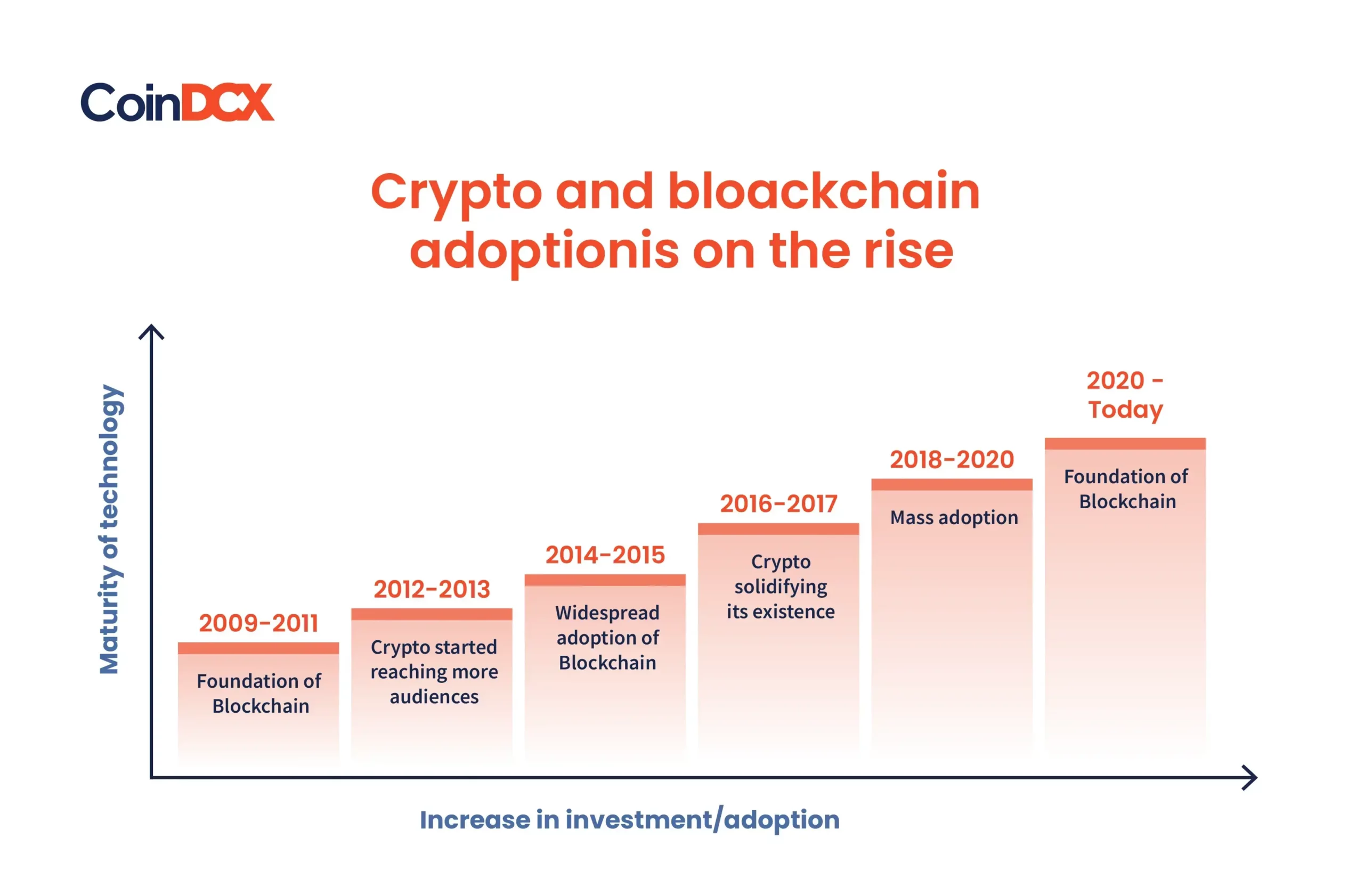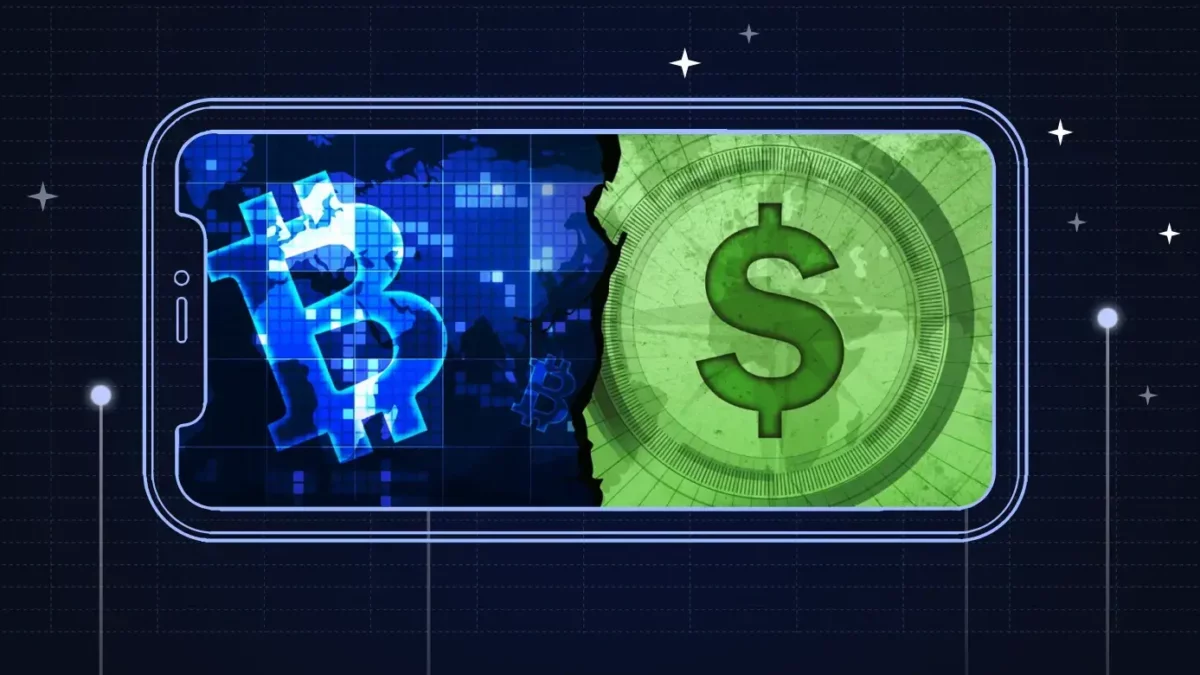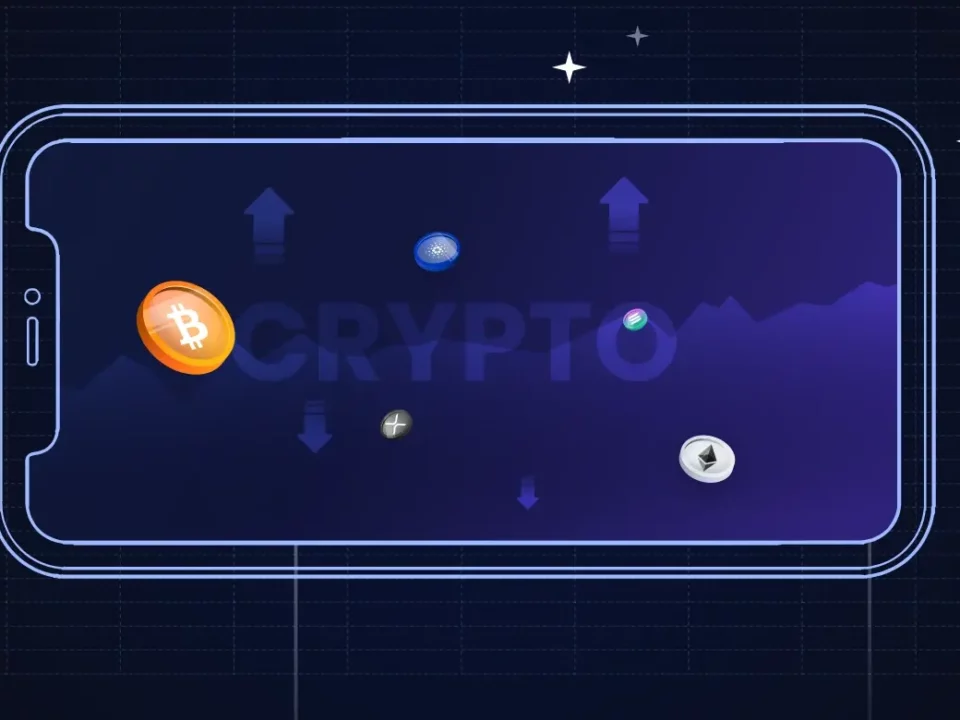Table of Contents
ToggleIntroduction
The rise of crypto payments has revolutionized the way we think about financial transactions. Crypto payments offer numerous advantages over traditional payment systems, including faster transaction speeds, lower fees, and greater financial inclusion. However, crypto payments also face some challenges, such as volatility, regulatory uncertainty, and security concerns.
In this article, we will explore the pros and cons of crypto payments and discuss the future of financial transactions in the context of crypto and traditional systems.
Key Takeaways:
- Crypto payments offer numerous advantages over traditional payment systems, including faster transaction speeds, lower fees, and greater financial inclusion.
- However, crypto payments also face some challenges, like volatility, regulatory uncertainty, and security concerns.
- Traditional financial institutions are beginning to embrace crypto payments, and many are exploring ways to integrate crypto into their existing systems.
- The future of financial transactions is likely to be a hybrid one, with both crypto and traditional systems working together to provide a more efficient and inclusive financial system.
Understanding Crypto Payments
Before diving into the understanding of the topic, one quick scroll of the basics. Crypto assets are digital assets that are secured by cryptography. They are stored on a decentralized network called a blockchain, which makes them tamper-proof and transparent. Crypto assets can be used as a medium of exchange, a store of value, or a unit of account.
To understand how crypto assets work, it is important to understand the basics of blockchain technology. Blockchain is a distributed ledger technology that records all transactions in a secure and transparent manner. Each transaction is added to a block, which is then verified by multiple computers on the network. Once a block is verified, it is added to the blockchain, which is a permanent record of all transactions.
The creation of these crypto tokens happens through mining. With the use of powerful computers in order to solve complex mathematical problems, miners mine crypto tokens. When a miner solves a problem, they are rewarded with new crypto assets.
Once crypto assets have been mined, they can be used to purchase goods and services, or they can be traded on exchanges. To use crypto assets, users need to have a crypto wallet. A crypto wallet is a digital wallet that stores crypto assets.
Read More: What are the Differences Between NFT vs Crypto?
Crypto Payments: Advantages and Disadvantages
| Advantages | Disadvantages |
| Faster transaction speeds: Crypto payments are typically processed much faster than traditional payments, such as wire transfers. This is because crypto transactions are processed on a decentralized blockchain network, which eliminates the need for intermediaries. | Volatility: The value of cryptos can fluctuate wildly, which can make them risky to use for payments. |
| Lower fees: Crypto transactions often have lower fees than traditional payments. This is because crypto payments are not subject to the same high fees charged by banks and other financial institutions. | Regulatory uncertainty: The regulatory landscape for cryptos is still evolving, which can create uncertainty for businesses and individuals. |
| Greater financial inclusion: Crypto payments can be used by anyone, anywhere in the world, regardless of their financial status. This is because crypto payments do not require a bank account or credit card. | Security concerns: Crypto payments can be vulnerable to hacking and theft, especially if users do not take proper security precautions. |
| Transparency: All crypto transactions are recorded on a public blockchain, which makes them transparent and auditable. | Limited acceptance: Crypto payments are not yet as widely accepted as traditional payment systems. |
| Security: Crypto payments are secured by cryptography, which makes them highly resistant to fraud and hacking. |
Understanding Traditional Payments System
Traditional payment systems are the systems that we have been using to send and receive money for centuries. They are typically controlled by banks and other financial institutions.
Here are some common methods of traditional payment systems:
- Cash: Cash is the most basic form of traditional payment. It is a physical currency that central banks issue. Cash can be used to purchase goods and services from businesses that accept it.
- Checks: Checks are written instructions to a bank to pay a certain amount of money to a designated person or business. Checks are typically used to make larger payments, such as rent or mortgage payments.
- Credit cards: Credit cards allow users to borrow money from a bank to purchase goods and services. Credit card users are required to pay back the money they borrow, plus interest, over time.
- Debit cards: Debit cards are linked to a bank account and allow users to spend money directly from their account. Debit cards are typically used to make smaller payments, such as purchases at grocery stores and gas stations.
- Wire transfers: Wire transfers are electronic transfers of money from one bank account to another. Wire transfers are typically used to send money internationally or to make large payments, such as real estate purchases.
How do traditional payment systems work?
When you make a payment using a traditional payment system, the following steps typically occur:
- You initiate the payment by handing over cash, writing a check, swiping your credit or debit card, or initiating a wire transfer.
- The merchant or payee processes your payment. This may involve verifying your identity, checking your account balance, and processing the transaction through a payment processor.
- The payment processor sends the funds to the merchant or payee’s bank account.
- The merchant or payee’s bank account is credited with the funds.
Traditional payment systems have been the primary way to send and receive money for centuries. They offer a number of advantages, such as convenience, security, and stability. However, they also have a number of disadvantages, such as slow transaction speeds, high fees, and limited financial inclusion.
Read More: Fiat vs Crypto: Can Crypto Replace Paper Money?
Traditional Payment Systems: Advantages and Disadvantages
| Advantages | Disadvantages |
| Stability: Traditional payment systems are generally more stable than crypto payments, as they are backed by central banks and governments. | Slow transaction speeds: Traditional payments can be slow to process, especially international payments. |
| Wide acceptance: Traditional payment systems are widely accepted by businesses and consumers around the world. | High fees: Traditional payments can be expensive, especially for businesses that process a high volume of transactions. |
| Consumer protection: Traditional payment systems offer consumers a number of protections, such as fraud protection and chargeback rights. | Limited financial inclusion: Traditional payment systems can be inaccessible to people who do not have a bank account or credit card. |
| Centralization: Traditional payment systems are controlled by a small number of central banks and financial institutions, which can make them vulnerable to fraud and corruption. |
Comparing Crypto payments vs. traditional payments
In addition to the advantages and disadvantages listed above, there are a few other things to keep in mind when considering crypto payments and traditional payment systems.
- First, crypto payments are still a relatively new technology, and there is still a lot of uncertainty surrounding them. This can make them a risky choice for some businesses and individuals.
- Second, crypto payments can be difficult to use. Users need to have a crypto wallet and understand how to use the blockchain in order to send and receive crypto payments.
- Finally, crypto payments are not yet widely accepted. While there are a growing number of businesses that accept crypto payments, many businesses still do not.

| Features | Crypto Payments | Traditional Payments |
| Speed | Crypto payments are typically processed much faster than traditional payments. This is because crypto transactions are not subject to the same delays and processing times as traditional payments. | Traditional payments can be slow to process, especially international payments. |
| Fees | Crypto transactions often have lower fees than traditional payments. This is because crypto payments are not subject to the same high fees banks and other financial institutions charge. | Traditional payments can be expensive, especially for businesses that process a high volume of transactions. |
| Acceptance | Crypto payments are becoming more widely accepted by businesses but are still not as widely accepted as traditional payments. | Traditional payments are widely accepted by businesses and consumers around the world. |
| Financial inclusion | Crypto payments can be used by anyone, anywhere in the world, regardless of their financial status. This is because crypto payments do not require a bank account or credit card. | Traditional payment systems can be inaccessible to people who do not have a bank account or credit card. |
| Volatility | The value of crypto assets can fluctuate wildly, which can make them risky to use for payments. | Traditional payment systems are generally more stable than crypto payments, as they are backed by central banks and governments. |
| Regulatory uncertainty | The regulatory landscape for crypto is still evolving, which can create uncertainty for businesses and individuals. | Traditional payment systems are regulated by governments and financial institutions. |
| Security | Crypto payments can be vulnerable to hacking and theft. However, there are a number of security measures that can be taken to protect crypto payments. | Traditional payment systems are also vulnerable to hacking and theft, but they have a number of security measures in place to protect consumers. |
Overall, crypto payments and traditional payment systems both have their own advantages and disadvantages. The best choice for you will depend on your individual needs and preferences.
Know More: Mitigate Security Risks in Crypto Payment
Regulatory framework
The disadvantages and advantages of crypto payments vs traditional payments holds an array of options that can help you choose between the two. However, a future without one or the other is very unlikely. With so many new crypto projects coming up every now and then, there is no more denying the importance that Web3 has over the payments segment.
One small step that stands in the way of the crypto payment options is the lack of a detailed regulatory framework. Since its inception, the decentralized factor of the crypto space held off the application of the traditional payment regulations. Failing to deny the massive adoption of the crypto space, the Indian government levied a 30% tax on the total profit made from the ‘virtual digital assets‘ and a 1% TDS on all crypto transactions. With still vague regulatory steps, India, in its G20 Presidency, had made it a point to discuss the possibility of a global regulatory system to help enhance the global and decentralized nature of the crypto transaction.
The Future of Financial Transactions
The future of financial transactions is likely to be a hybrid one, with both crypto and traditional systems working together to provide a more efficient and inclusive financial system.
Traditional financial institutions are beginning to embrace crypto payments, and many are exploring ways to integrate crypto into their existing systems. For example, some banks now offer crypto trading and custody services.
Crypto payments are also becoming more widely accepted by businesses. For example, many online retailers now accept crypto payments.
As crypto technology continues to develop and mature, we can expect to see crypto payments become even more popular and widely accepted.
Related posts
Understanding the Different Types of Cryptos: Coins, Tokens, Altcoins & More Explained
Explore the major types of crypto assets and their unique roles.
Read more
PAWS Telegram Game: The New Tap to Earn Game That Is Beating Hamster Kombat
Discover how to play and earn with PAWS Telegram game.
Read more


